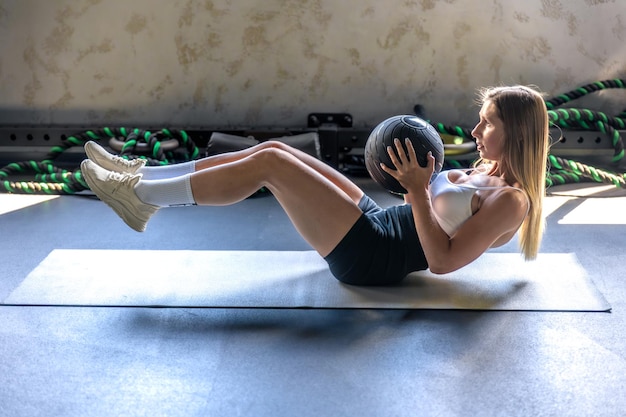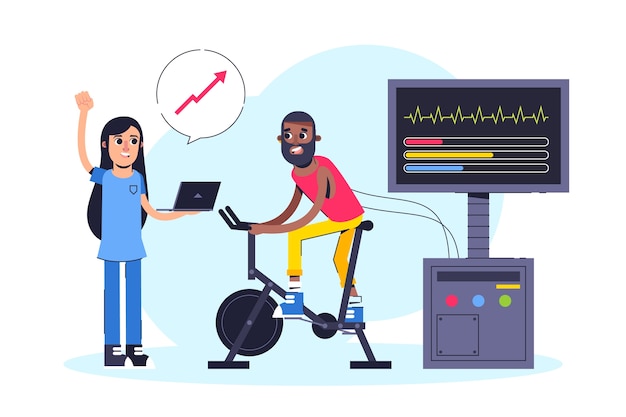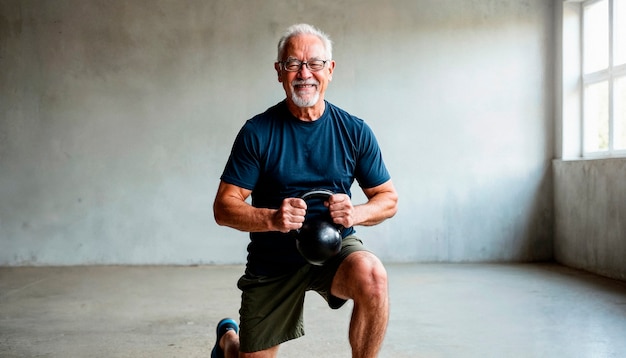As men age past 50, maintaining cardiovascular health and endurance becomes more critical than ever. Two popular approaches dominate the fitness world: High-Intensity Interval Training (HIIT) and steady-state cardio. But which one truly delivers better results for endurance, heart health, and long-term sustainability—especially for men in their 50s and beyond?
In this comprehensive guide, we’ll compare HIIT and steady-state cardio, break down their benefits and risks, and offer practical tracking methods and motivation strategies tailored to men over 50.
High-Intensity Interval Training (HIIT) involves short bursts of intense exercise (like sprinting or burpees) followed by brief recovery periods. A typical session lasts 20–30 minutes and can include cycles such as 30 seconds of all-out effort followed by 60 seconds of rest or low-intensity movement.
HIIT is praised for its efficiency—burning calories quickly and improving VO2 max (a key measure of cardiovascular fitness). However, it places significant stress on the heart and joints, which can be a concern for older adults.

Steady-state cardio, also known as low-intensity steady-state (LISS), involves maintaining a consistent, moderate pace for 30–60 minutes. Examples include brisk walking, cycling, swimming, or using an elliptical machine.
This form of exercise keeps your heart rate at 60–70% of its maximum, promoting fat burning, cardiovascular adaptation, and joint-friendly movement. It’s especially beneficial for building aerobic endurance over time.

When it comes to endurance—the ability to sustain physical activity over time—steady-state cardio has a clear edge. Long-duration, consistent aerobic exercise strengthens the heart muscle, improves capillary density, and enhances mitochondrial efficiency in muscles.
Research shows that while HIIT can improve VO2 max quickly, steady-state training leads to more sustainable cardiovascular adaptations, especially in middle-aged and older adults. It trains the body to use oxygen more efficiently during prolonged efforts, which is essential for real-world endurance like hiking, cycling, or playing with grandchildren.
For men over 50, the best approach is often a balanced mix. Use steady-state cardio as your foundation—aim for 3–5 sessions per week—and add 1–2 moderate HIIT sessions if your body tolerates it.
Staying consistent is half the battle. Try these motivation boosters:
For men over 50 aiming to boost endurance, steady-state cardio is the more effective and sustainable choice. It builds a strong aerobic base, supports heart health, and is easier to maintain long-term. HIIT can be a valuable supplement—but shouldn’t replace consistent, moderate aerobic training.
The key is consistency, not intensity. Move regularly, listen to your body, and track your progress. Over time, you’ll build endurance that lasts—and a healthier, more vibrant life.

Fitness

Fitness

Fitness

Fitness

Health

Health

Health

Fitness

Fitness

Fitness

Fitness

Fitness

Health

Fitness

Health

Health